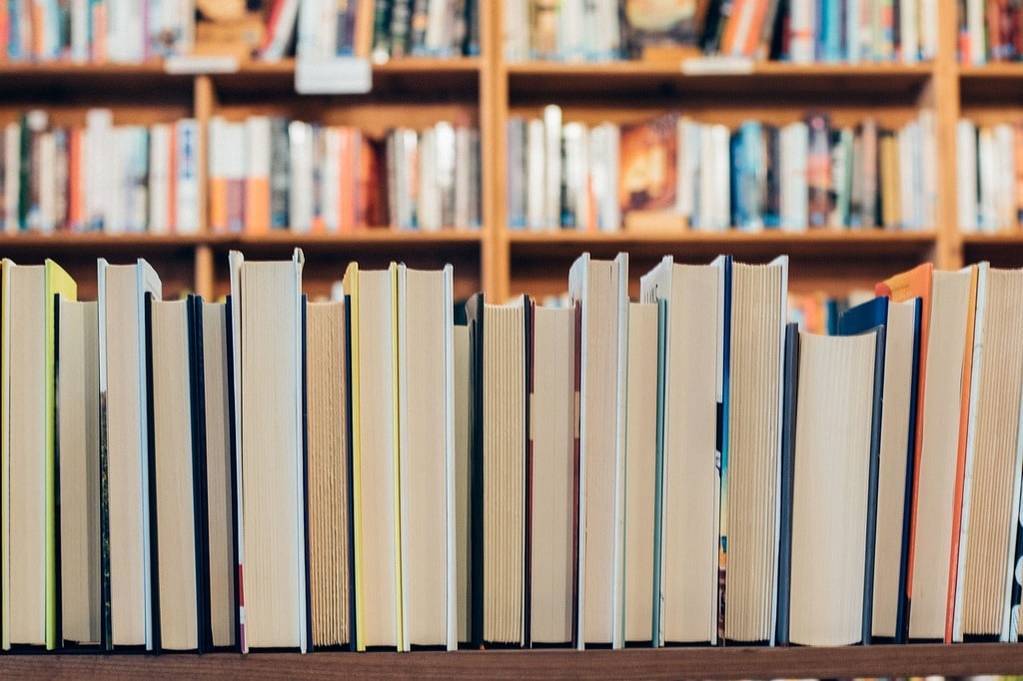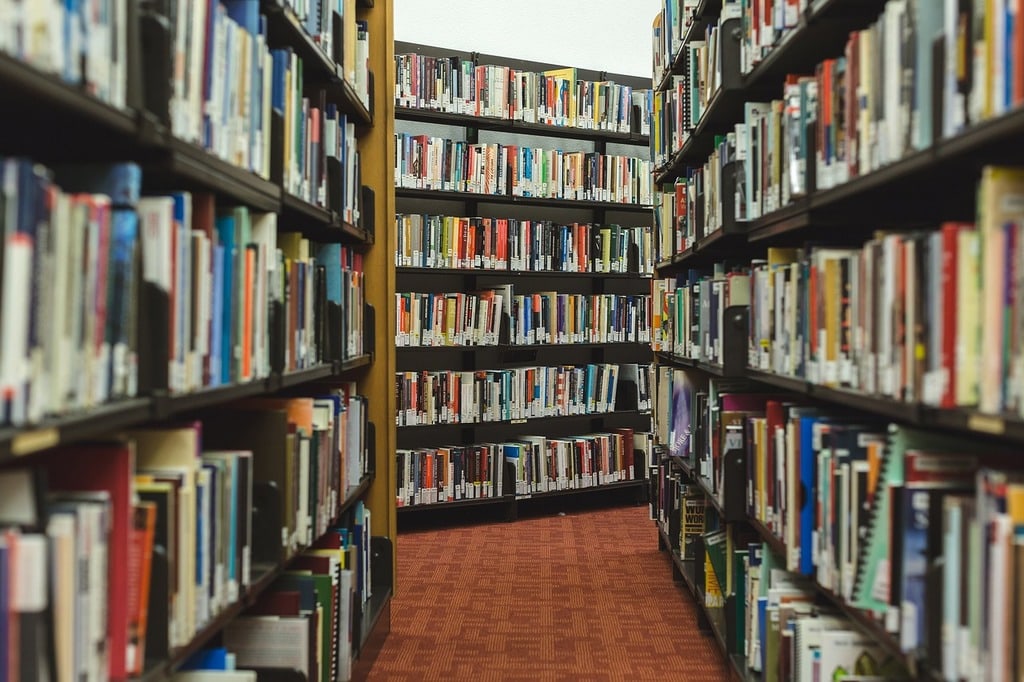Literary works have always been profoundly influenced by the cultural contexts in which they are created. These influences can shape everything from thematic content to character development, narrative style, and even linguistic choices. Understanding how culture impacts literature not only enriches our appreciation of literary works but also provides insights into the historical and social dynamics of the periods they represent.
The Intersection of Culture and Literary Expression
Cultural influences on literary works can be seen in various ways. Writers often draw upon the prevailing beliefs, values, and norms of their societies to craft their stories. For instance, the moral frameworks and societal structures within a given culture often find their way into the plotlines and character arcs of literary works. This phenomenon is evident in the works of authors like Jane Austen and Charles Dickens, who reflected and critiqued the social hierarchies and class systems of their times.
One significant aspect of cultural influence is the way it shapes the themes of literary works. Themes such as love, power, betrayal, and redemption are universal, but the way these themes are explored can differ significantly depending on the cultural background of the author. For example, the concept of honor and duty is portrayed differently in Japanese literature compared to Western literature, often highlighting distinct cultural values.

Historical Contexts and Literary Evolution
Literature does not exist in a vacuum; it is deeply intertwined with historical events and movements. The Renaissance, for instance, brought about a resurgence of interest in classical knowledge and humanism, which greatly influenced the literary output of that era. Similarly, the Enlightenment period emphasized reason and individualism, shaping the narratives and philosophical underpinnings of literary works.
In more recent times, the impact of wars, revolutions, and social movements has left indelible marks on literature. The harrowing experiences of the World Wars, for instance, led to a wave of literary works that grappled with themes of loss, existentialism, and the human condition. Authors like Erich Maria Remarque and Virginia Woolf used their narratives to process and critique the tumultuous events of their times.
Geographical and Cultural Diversity in Literature
The geographical origin of a literary work also plays a crucial role in its cultural influences. Literature from different parts of the world often reflects the unique traditions, folklore, and societal issues of its region. African literature, for example, is rich with oral storytelling traditions and often addresses themes of colonialism, identity, and resistance. In contrast, Latin American literature is known for its magical realism, blending the fantastical with the mundane to explore complex social and political landscapes.
Such diversity is not only evident in thematic content but also in narrative styles and linguistic choices. Authors from different cultures bring their unique perspectives and linguistic flavors to their writing, enriching the global literary landscape. The works of Gabriel Garcia Marquez, Haruki Murakami, and Chinua Achebe are prime examples of how cultural contexts shape literary expression in profound ways.
- Exploration of cultural values and norms in literature
- Influence of historical events on literary themes and narratives
- Geographical diversity and its impact on literary styles and content
- Role of oral traditions and folklore in shaping literary works
Modern Perspectives on Cultural Influences in Literature
In today’s globalized world, the cultural influences on literary works are more diverse and dynamic than ever. The cross-pollination of ideas and the blending of cultural elements have given rise to new genres and narrative forms. Contemporary authors often draw on multiple cultural influences, creating hybrid works that challenge traditional literary boundaries.
The rise of multiculturalism and the increased visibility of marginalized voices have also expanded the scope of cultural influences in literature. Works that explore issues of race, gender, and identity are gaining prominence, reflecting the changing dynamics of society. Authors like Chimamanda Ngozi Adichie and Jhumpa Lahiri offer poignant explorations of cultural hybridity and the immigrant experience, adding new dimensions to literary discourse.
The Role of Technology and Media
The advent of digital technology and media has further amplified the cultural influences on literature. The internet and social media platforms have made it easier for writers to access diverse cultural materials and engage with global audiences. This interconnectedness has led to a more eclectic and inclusive literary scene, where cultural exchange and collaboration are commonplace.
Digital publishing and online literary communities have also democratized the literary landscape, allowing voices from different cultural backgrounds to be heard. This has led to a proliferation of diverse narratives that challenge monolithic representations and celebrate cultural plurality.
Looking Ahead: the Future of Cultural Influences in Literature
As the world continues to evolve, so too will the cultural influences on literary works. The ongoing dialogues between different cultures and the emergence of new social and political realities will undoubtedly shape the literature of the future. Writers will continue to draw inspiration from their cultural contexts, creating works that reflect and interrogate the complexities of their times.
In conclusion, the interplay between culture and literature is a dynamic and ever-evolving process. By examining the cultural influences on literary works, we gain a deeper understanding of the human experience and the diverse ways in which it is expressed through the written word. The rich tapestry of global literature stands as a testament to the power of cultural exchange and the enduring impact of cultural contexts on artistic creation.
